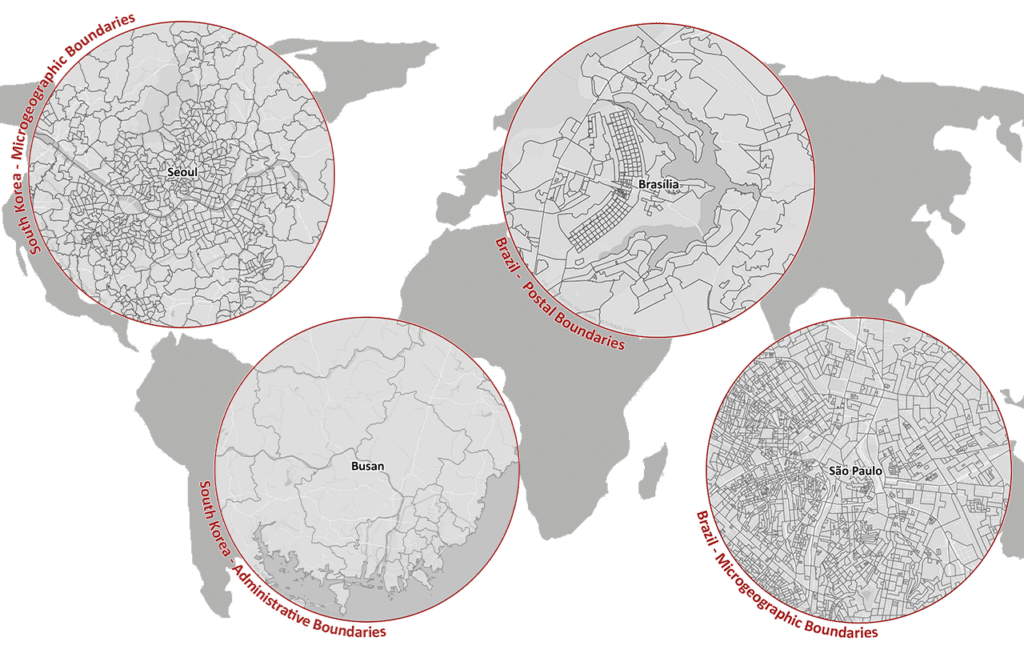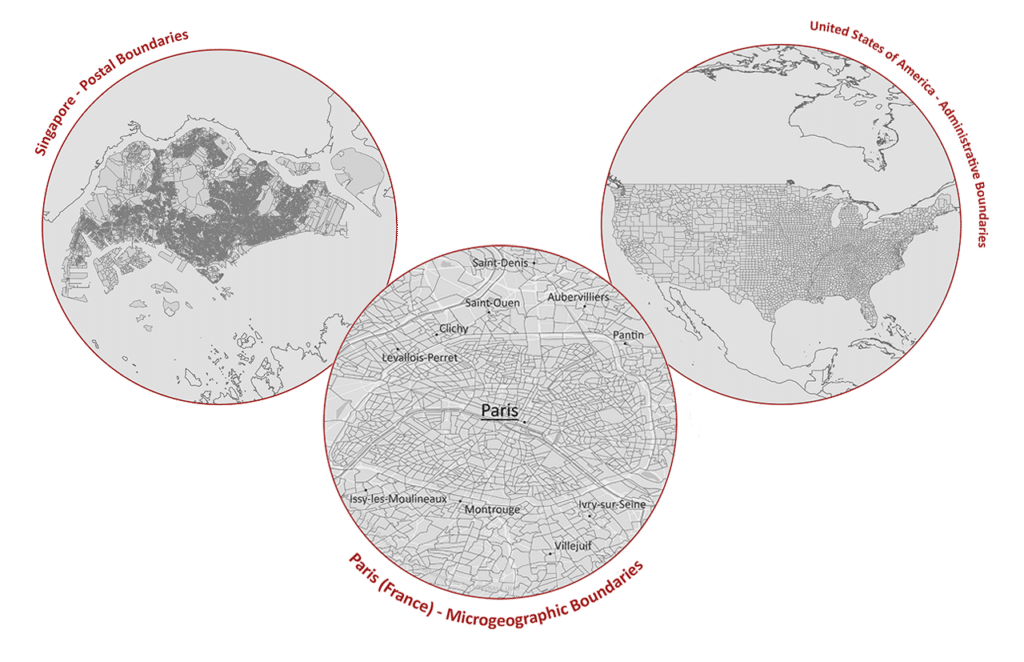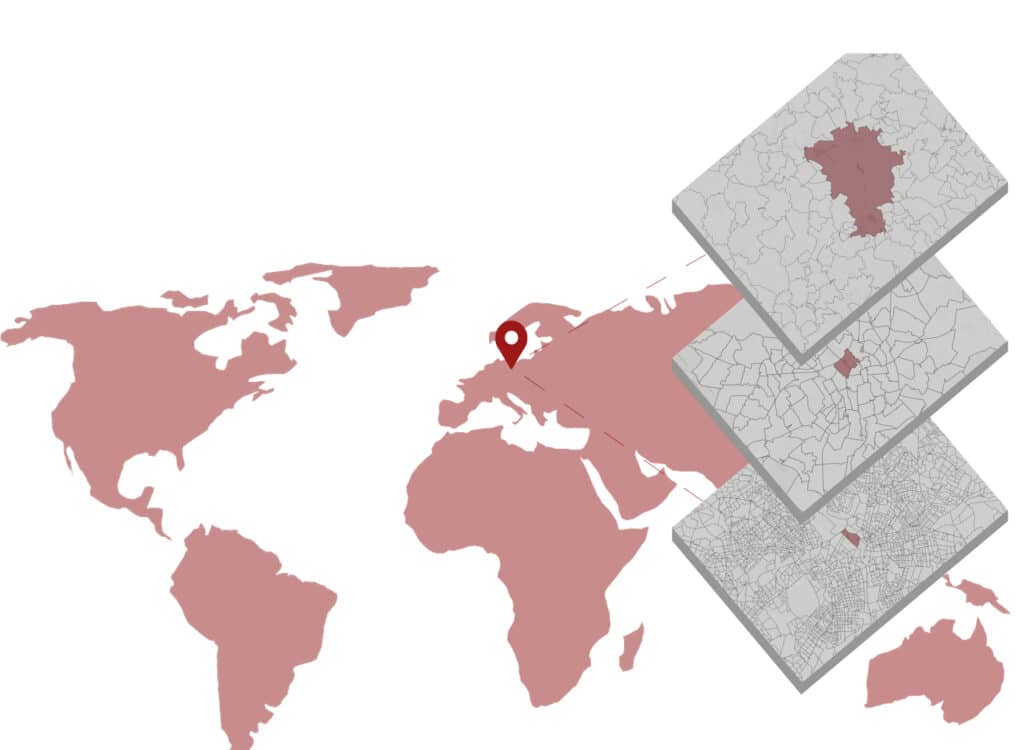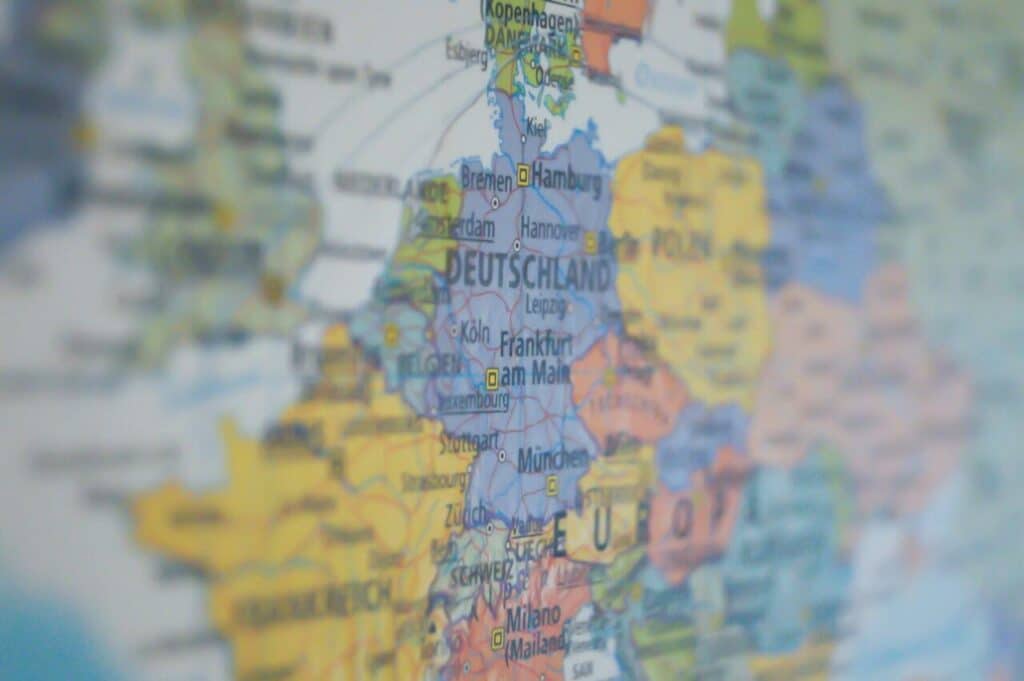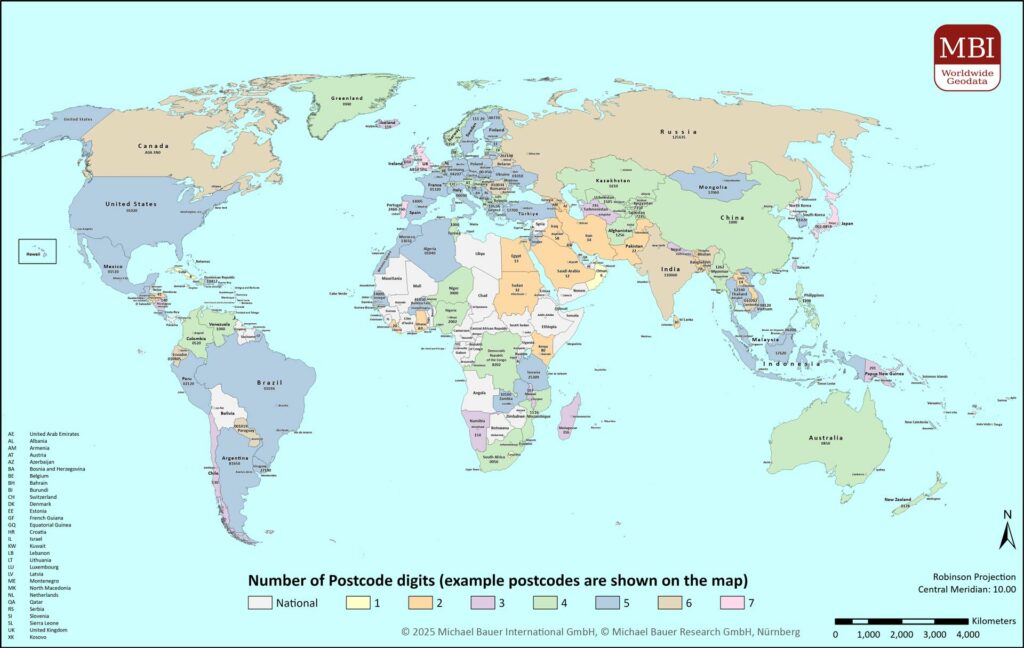
Digital Boundaries Release 2025 – New Postal, Administrative, and Micro-Geographic Areas
Karlsruhe, March 12th 2025: MBI is excited to announce the Digital Boundaries Release 2025. This year’s release provides a precise and updated dataset of administrative, postal, and micro-geographic boundaries, enabling […]
